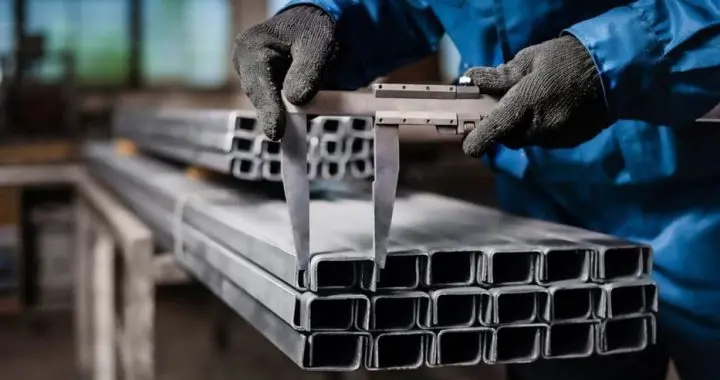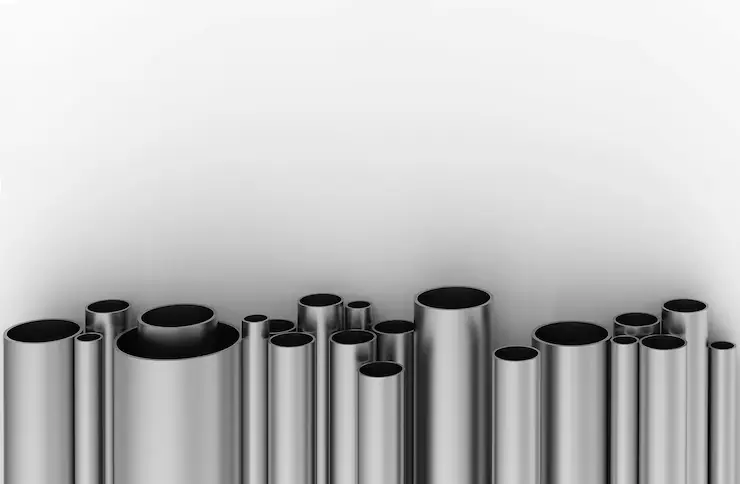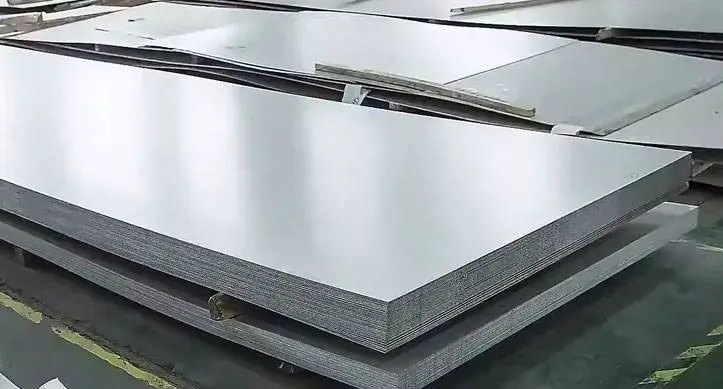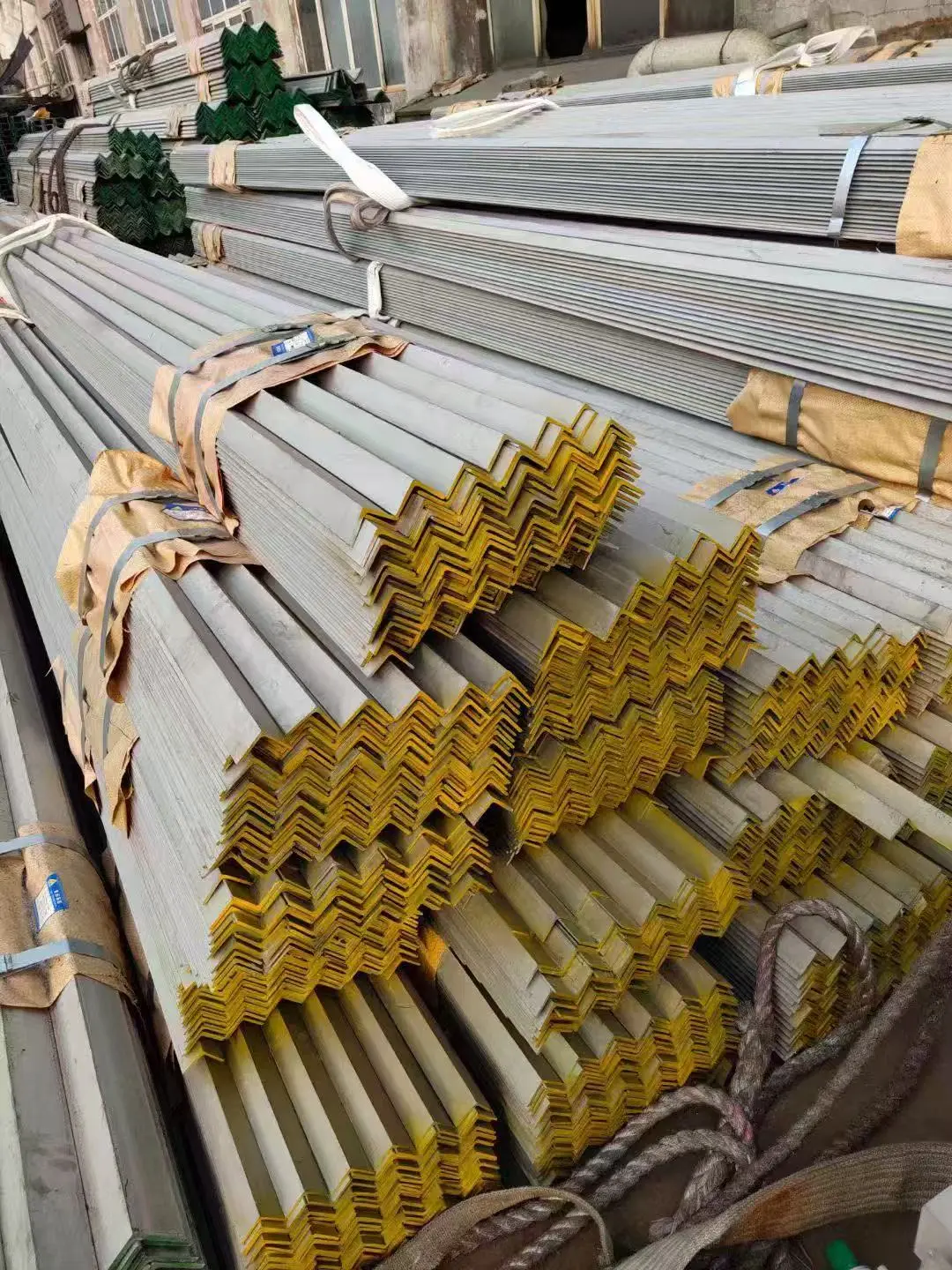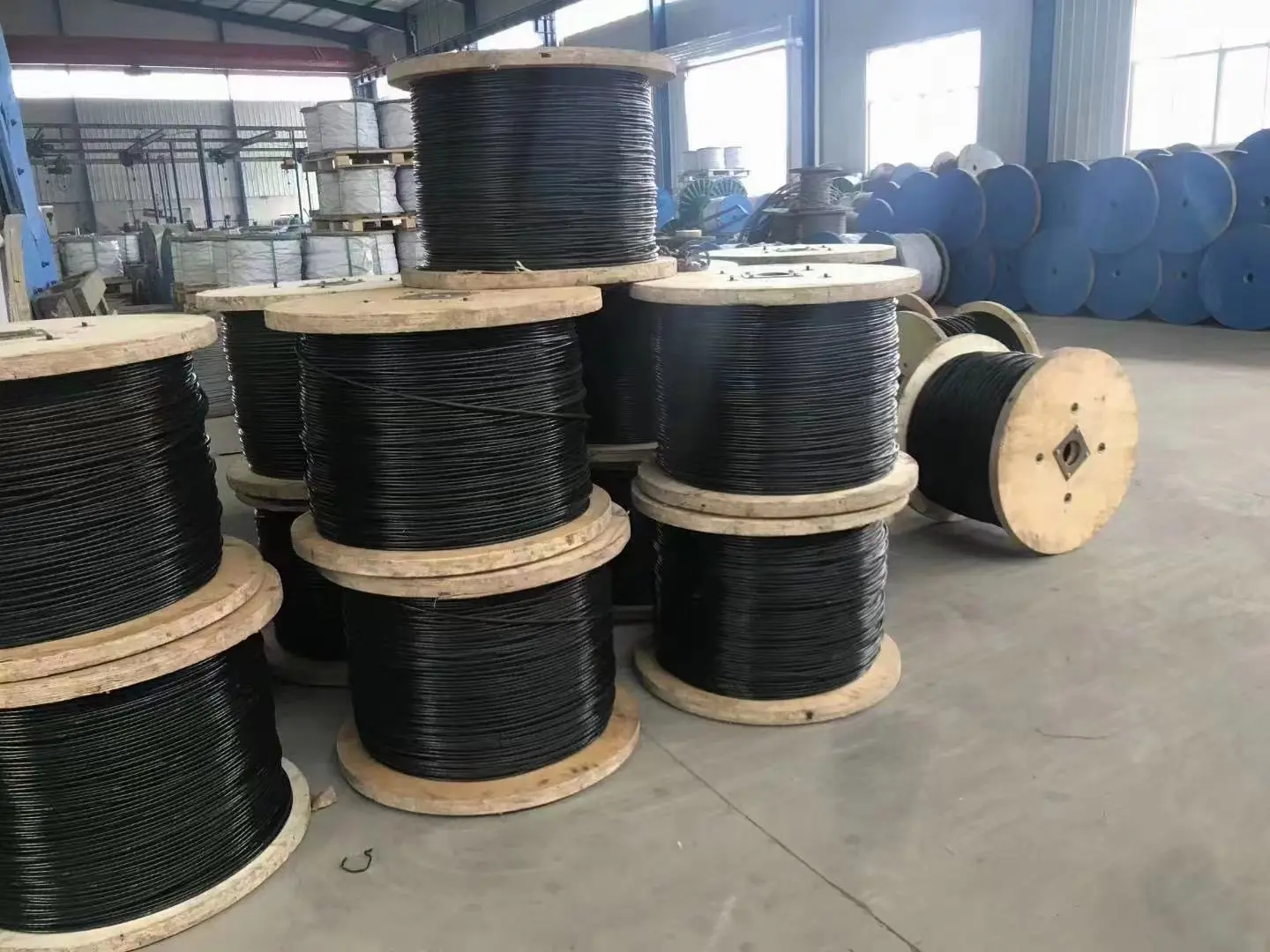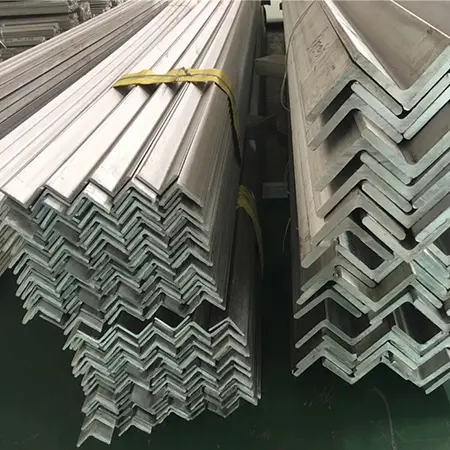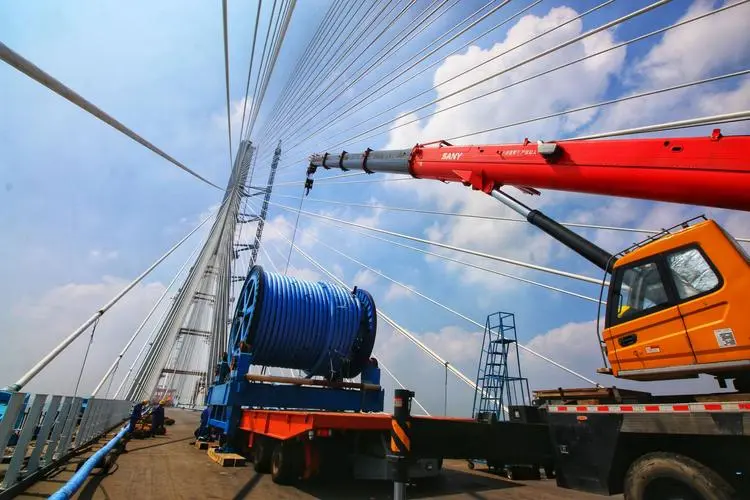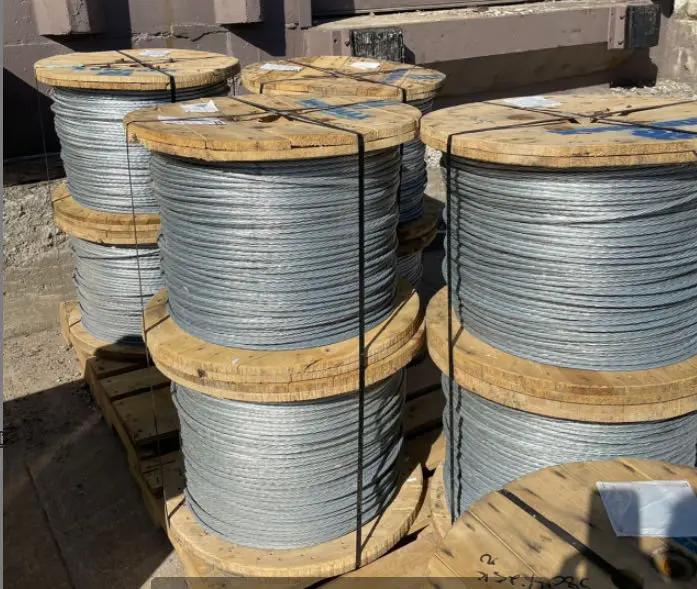Which is better 304 or 316 stainless steel?
How to choose the stainless steel material grade correctly?
First, you should understand the differences between different stainless steel grade materials:
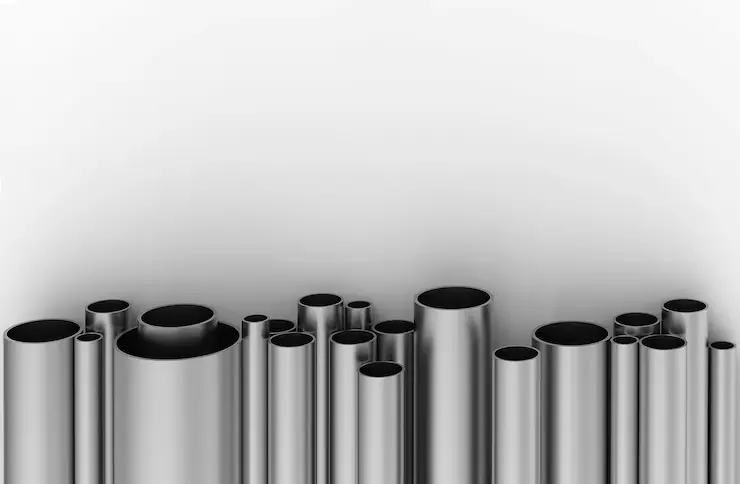
-302 Stainless Steel: A low grade stainless steel alloy, very economical cost and produced as a standard stainless steel grade.
-304 Stainless Steel: The most common stainless steel alloy used for wire braiding. Excellent corrosion properties, can withstand temperatures up to 1100 degrees Fahrenheit.
-304L Stainless Steel: Similar properties to 304ss, but with a lower carbon content for better welding.
-310 Stainless Steel: A high temperature nickel alloy with excellent corrosion properties. Can withstand high operating temperatures up to 1800 degrees Fahrenheit for long periods of time.
-316ss Stainless Steel: Similar properties to 304ss, but stabilized by the addition of molybdenum for increased resistance to chemical corrosion.
-316L Stainless Steel: Similar properties to 316ss, but with a lower carbon content for better welding.
-317L Stainless Steel: Improved corrosion resistance compared to 316ss. The L grade allows for better welding.
-321 Stainless Steel: Similar to -347ss, but can handle high operating temperatures. Has an addition of titanium.
-330 Stainless Steel: This alloy can handle operating temperatures up to 1650 degrees Fahrenheit. Common applications include heat treating fixtures and baskets.
-347 Stainless Steel: Has similar properties to 304ss, but with an addition for stability at high operating temperatures.
-410 Stainless Steel: Has very good corrosion and oxidation resistance.
-430 Stainless Steel: Has magnetic properties similar to carbon steel, but with higher corrosion resistance. Commonly used in the food processing industry.
In addition to understanding the properties and benefits of stainless steel, most decisions on which grade of stainless steel material to use are based on a combination of the following factors:
What is the corrosive environment?
- Atmosphere, water, concentration of specific chemicals, chloride content, presence of acids.
What is the operating temperature? - High temperatures generally accelerate the rate of corrosion, so a higher grade is indicated. Low temperatures will require a tough austenitic steel.
What strength is required?
-Higher strengths can be obtained from austenitic, duplex, martensitic and PH steels. Other processes (such as welding and forming) often influence which of these are most suitable. For example, high-strength austenitic steels produced by work hardening are not suitable where welding is required because the process softens the steel.
Special requirements may also need to be considered;
-such as non-magneticity, surface finish, It is also important to remember that steel type alone is not the only factor in material selection. Surface finish is at least as important in many applications, especially where there is a strong aesthetic component. See The Importance of Surface Finish.
Finally, please contact us and our expert sales and engineers will be happy to make a suggestion or solution for you.


